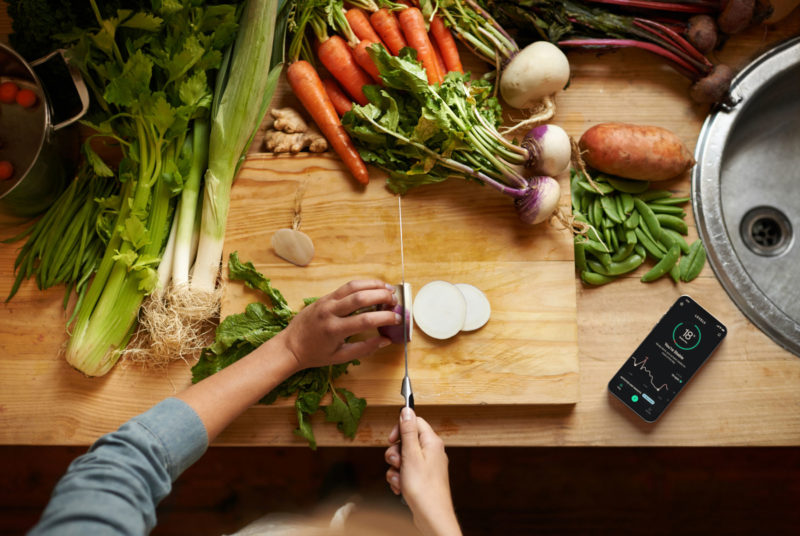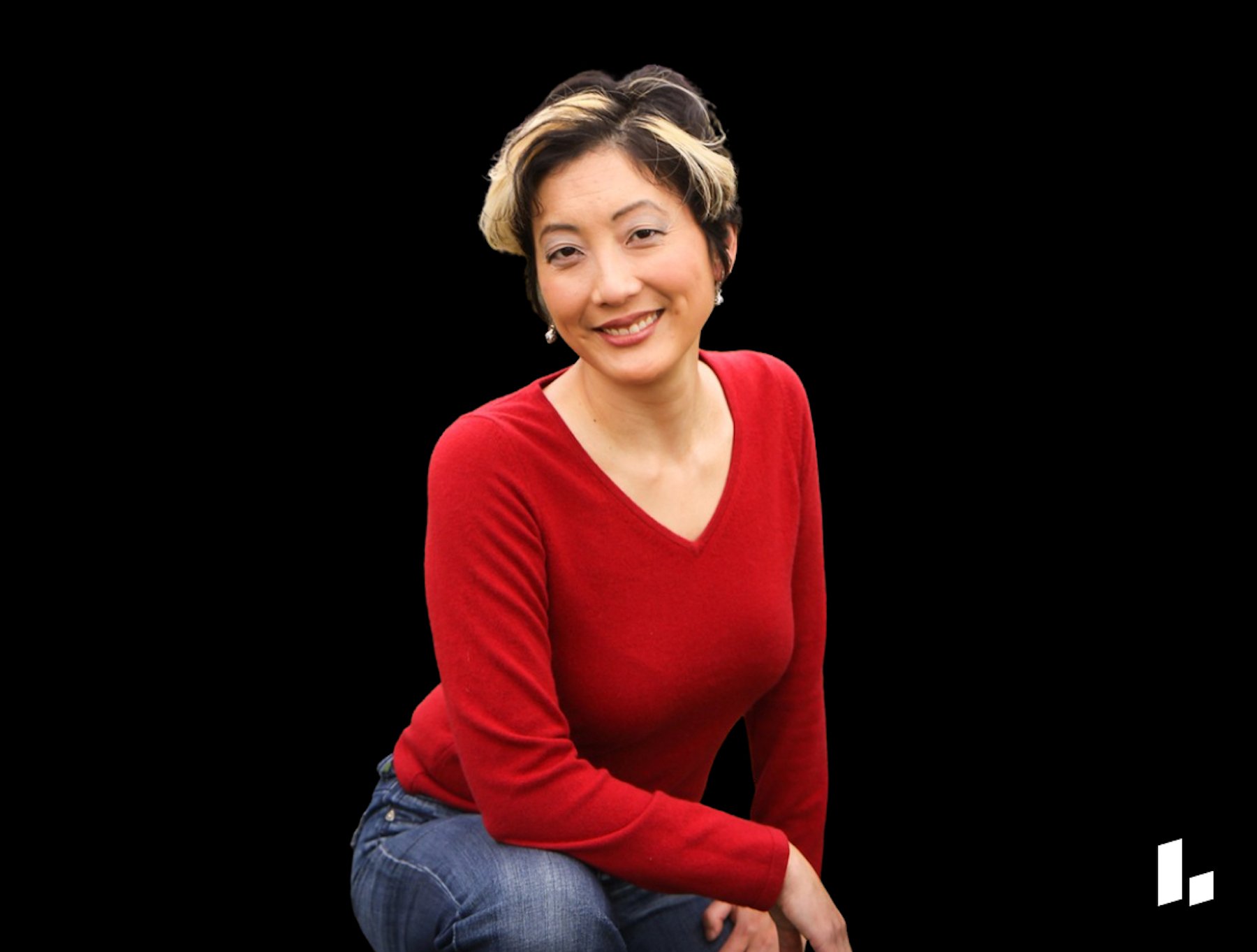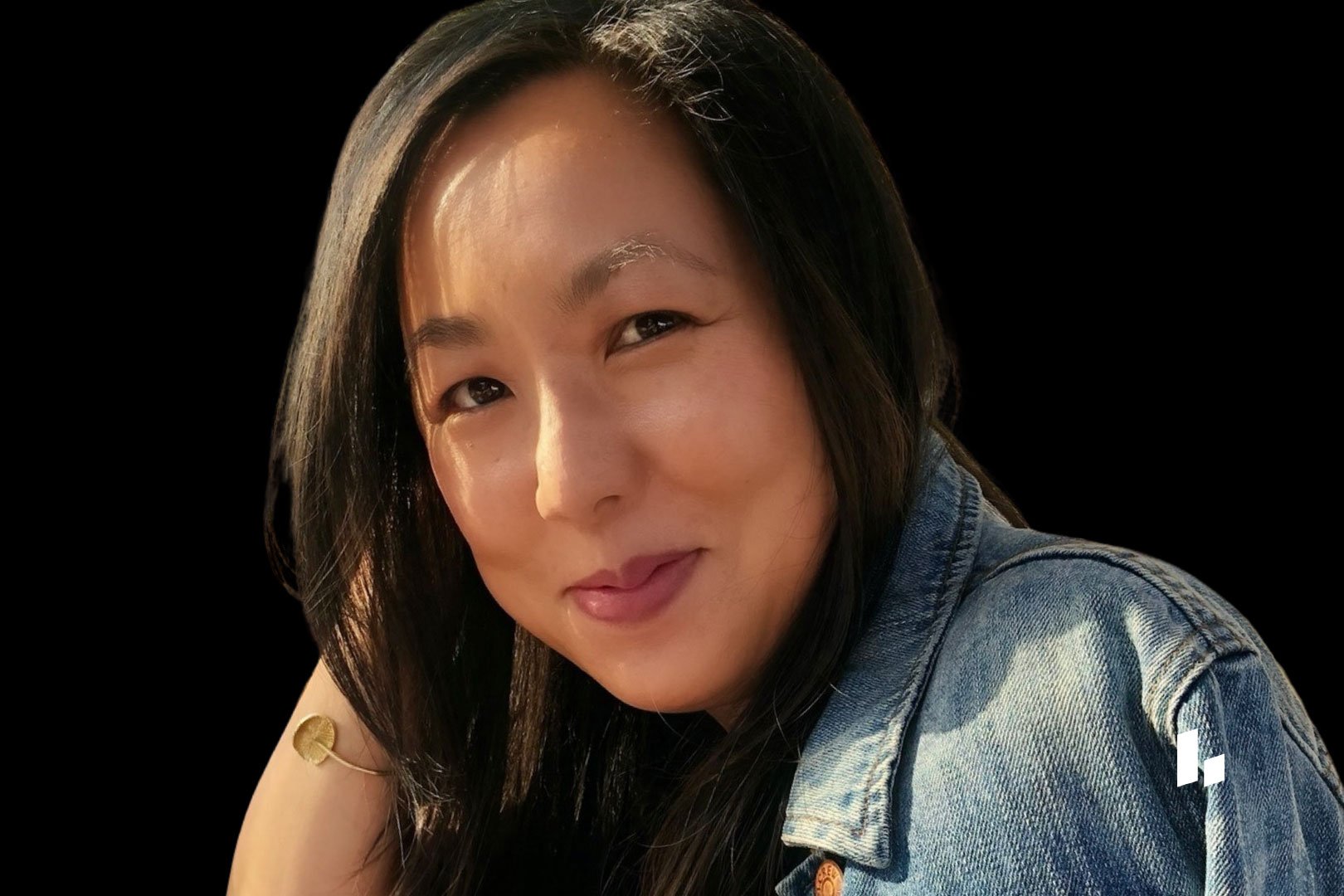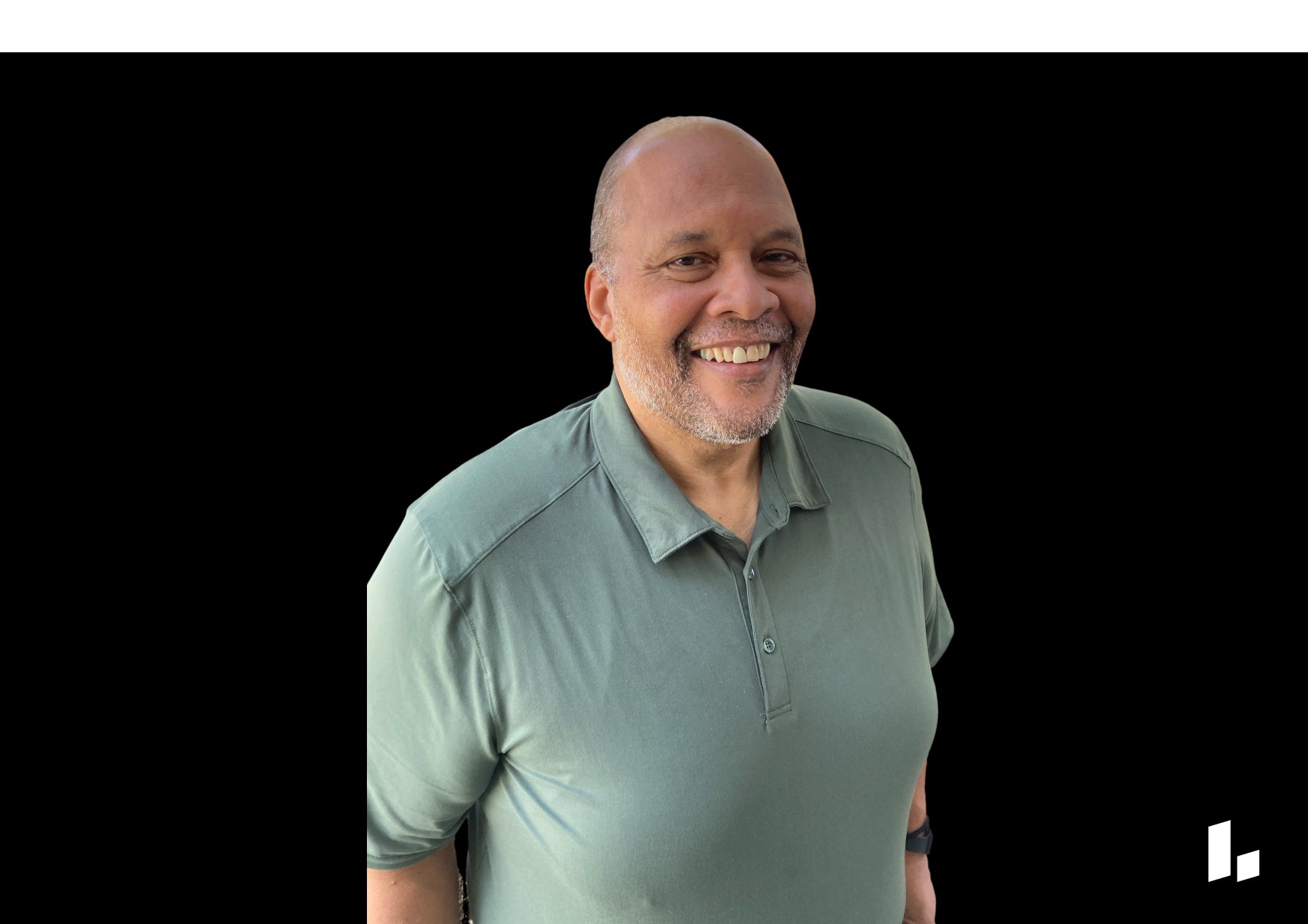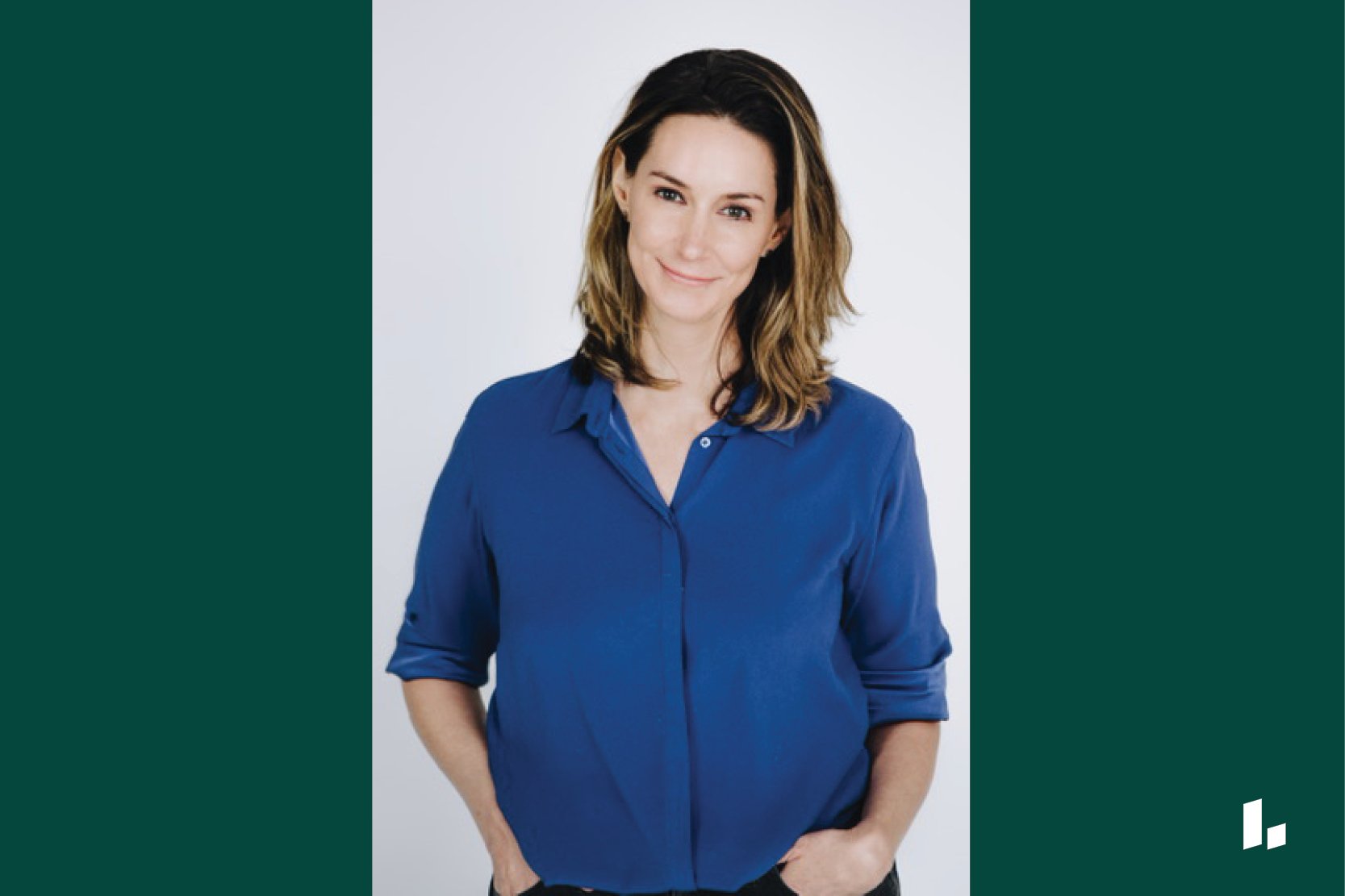Katie Mathews, 43, has been a physician assistant in gastroenterology for the past eight years. Though she has always had a solid exercise routine, during COVID, she let her eating and drinking habits slide—something many of us can relate to. As a result, she wasn’t feeling well.
That’s when she started listening to Kelly LeVeque’s podcast, reading her books, and signing up for her courses. Through that education, Katie eventually found functional nutrition dietitian Brigid Titgemeier. “I resonated with her message,” she says. Katie started with Brigid’s 10-week My Food is Health program. “It was exactly what I needed to take my health to the next level—and I think it did.”
Sadly, soon after, her family was devasted by the unexpected loss of her father-in-law, which dealt a blow to her mental and emotional health. Many people brought her family food to make mealtime more manageable, which was both a gift and tough on her health. Eating food that she didn’t control—coupled with challenging emotions—brought her back to that unwell feeling again. And now she was dealing with digestive issues, particularly uncomfortable, painful bloating.
Katie knew she needed to refocus on her health, so she picked up a CGM. Here, she talks about her perfectionistic start with tracking her blood sugar and why it was necessary for her health to loosen up a little.
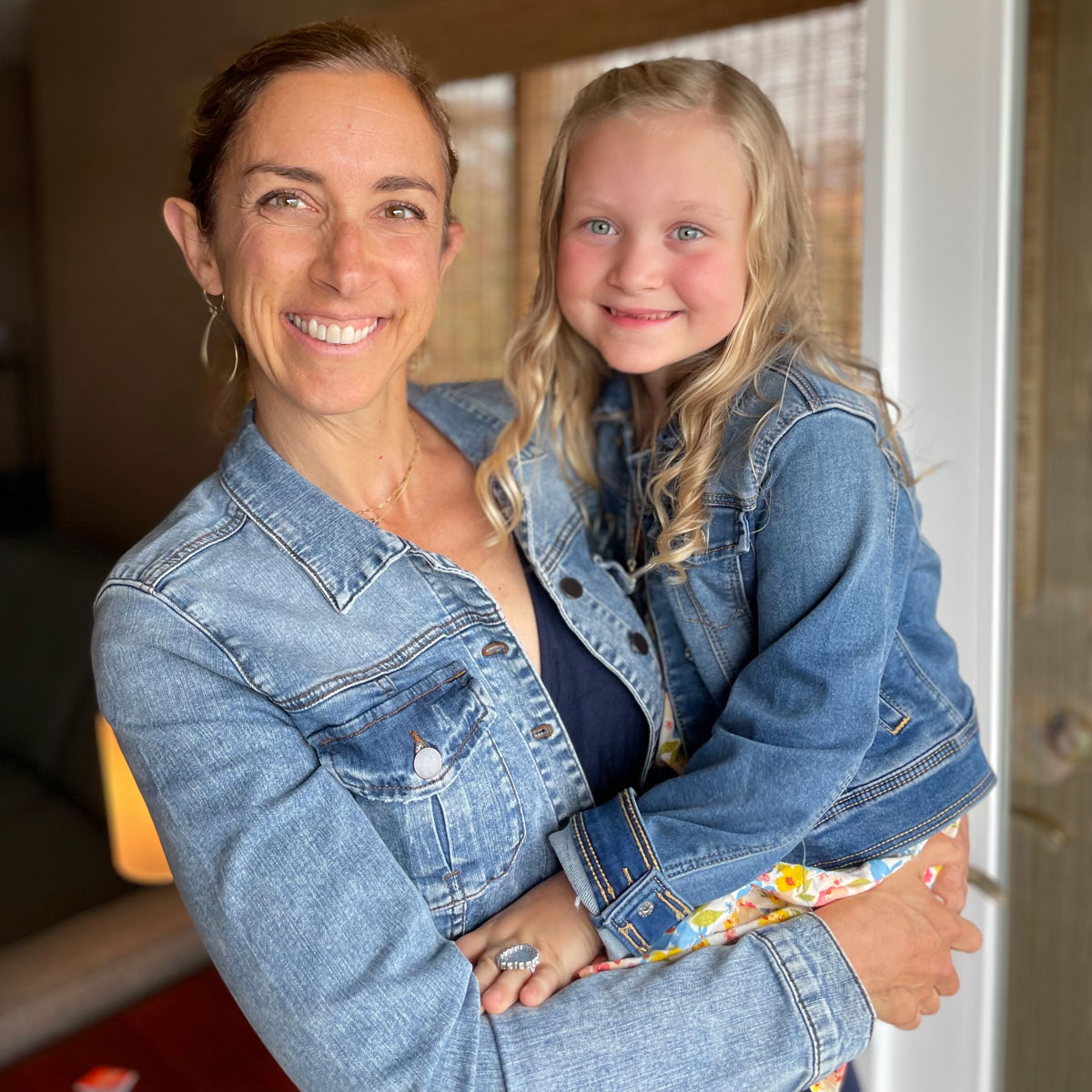
On her strict start with Levels
I heard about Levels through listening to Kelly, Brigid, and Mark Hyman. That pushed me to decide to do it. Levels is a financial commitment. The CGM has been on my arm on and off throughout the past year, and I’ve probably used it for 8 out of the 12 months total. I wanted to give it a fair shot.
Before wearing the CGM, I knew about the importance of blood sugar control, but I didn’t know how my eating affected my blood sugar. I’m a perfectionist—and I saw that come out when I first used the CGM. My goal was to get a great metabolic score. I wanted a flat line. I wanted a 9 or 10. And so, when wearing it, I got strict. I really limited carbs, including fruit and beans. I started intermittent fasting, pushing out my first meal to 10 or 11 am.
On trusting a new program, a new process
I used the CGM on my own for about three months, and then I joined Brigid’s Blood Sugar Reset, a program that provides meal planning designed to help improve blood sugar control. On Blood Sugar Reset, you wear a CGM and use Levels.
That program helped me find more food freedom. I was so surprised that I was going to be adding healthier carbs. I didn’t realize that being so strict before left me with lagging energy and mental clarity, and fatigue. That was until I added some fruits and vegetables back into my diet and stopped fasting for as long.
I was no longer getting a 9 or 10 every day. But I felt so good and had far more energy. My body appreciated having those foods back into my diet, and it was worth it to feel that good, despite not having a perfect score. That was a big takeaway: I don’t need to pursue perfectionism but aim for balance instead.
After the 10-day program, all of my bloating was gone, and I lost a couple of pounds simply by trusting her process. My health felt like it had returned to where I was before losing my father-in-law.
Learn more:
On dealing with cravings
I noticed certain foods affected how I ate the rest of the day. For example, a yogurt and cherry parfait gave me a big spike that left me with strong cravings later in the day. When eating a more balanced breakfast with a more even glucose response, I had no cravings. This insight helped me ride out cravings when they happened.
On leaning on community
In the program, Brigid does a Facebook live every day. I loved those times because they brought this community together where she educates for about 30 minutes and then opens it up to questions. That’s where I learned a few valuable lessons.
Many of us realized that we didn’t get impressive scores on Levels when we ate a specific meal. For example, lettuce wraps made with ground chicken, brown rice, and cauliflower. Through experimentation, we learned that eating the non-starchy vegetables first, followed by carbs, produced a lower blood sugar rise. That helped me understand that the order in which I eat my foods can affect my glucose response.
Hearing other peoples’ stories and listening, relating, and learning from them makes a huge difference. When other people have the same questions as you do, it’s really helpful to know you’re in this together. I also love hearing about other people’s wins; it keeps you motivated and positive.
On stalling—but being okay with that
I know I’ve already mentioned this, but I’m such a perfectionist. I wanted to be fixed and stay fixed forever. There have been periods in the last couple of years where I felt the best I ever had—and I’d love to be like that for the rest of my life, but that’s not how it works. Despite eating, exercising, and sleeping well, there have been times that I didn’t feel as great as before. It made me think that there may be other things underneath the surface, such as hormonal changes or the effects of stress. It’s all a journey. With each life stage, you try to do your best and use the resources that you have.
On taking what she’s learned to the office
I practice Western medicine, and incorporating an integrative approach is something I’m still navigating. Now, I might prescribe an acid reflux medication, but if a patient is receptive to it, I suggest making dietary changes. I try to ask patients about their sleep and stress habits, which research shows can drive GI symptoms. When you don’t feel optimal, you don’t have to stay stuck. My goal now is to provide high-quality care while also looking at patients with a more holistic lens.
